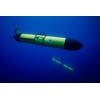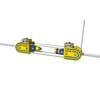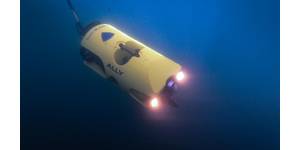$2.3 Billion Loophole In NMFS Report
Succeeding the objection of the recreational fishing and boating community, the National Marine Fisheries Service (NMFS) has taken steps to correct a fisheries economics report falsely indicating the United States domestic commercial fishing industry to be significantly larger than the recreational fishing industry. When imported seafood, which is not regulated by NMFS, is removed from the equation, the corrected data show the recreational fishing industry to be $7.9 billion dollars greater than the commercial fishing industry. Furthermore, the corrected data shows that the domestic commercial fishing industry decreased by $2.3 billion in 2012.
“When seafood imports, industrial species, shellfish and fish that aren’t caught by recreational anglers are removed, recreational fishing generates $33.3 billion dollars more than their commercial counterparts while taking far fewer pounds of fish,” said Ted Venker, Conservation director for the Coastal Conservation Association. “That is the apple-to-apples number that needs to be considered when we are talking about management decisions that impact domestic fisheries, and it is important that NOAA corrected the data.”
This past April, NMFS released its Fisheries Economics of the United States 2012 headlined “NOAA Reports Show Strong Economic Gains from Fishing, Continued Improvement in Fish Stocks,” with no indication the agency had altered its tactic when compiling its economic impact data into the report. Previously, NMFS separated imports from domestic industry figures and reported each separately. In the latest report, the agency eliminated the division, publishing a total including both domestic and imported seafood.
Mike Nussman, president and CEO of the American Sportfishing Association, said, “It was important to set the record straight because people naturally use this report to compare the two sectors, and combining imported seafood with domestically caught seafood gives an overinflated and incorrect representation of the economic impact of this country’s commercial fishing industry.”
He continued, “This is particularly risky if this information is used to halt progress on important management decisions such as how fisheries are allocated between the two sectors. More than 64 percent of the total sales of seafood is generated by imported product which should have no bearing whatsoever on allocation discussions.”
Recreational fishing and boating organizations including the American Sportfishing Association, Center for Coastal Conservation, Coastal Conservation Association, Congressional Sportsmen’s Foundation, Guy Harvey Ocean Foundation, International Game Fish Association and National Marine Manufacturers Association recently met with agency officials to request a correction. The agency refused to reprint the report, but did release a web query that allows individuals to remove imports and generate an accurate report on their own.














 February 2025
February 2025



